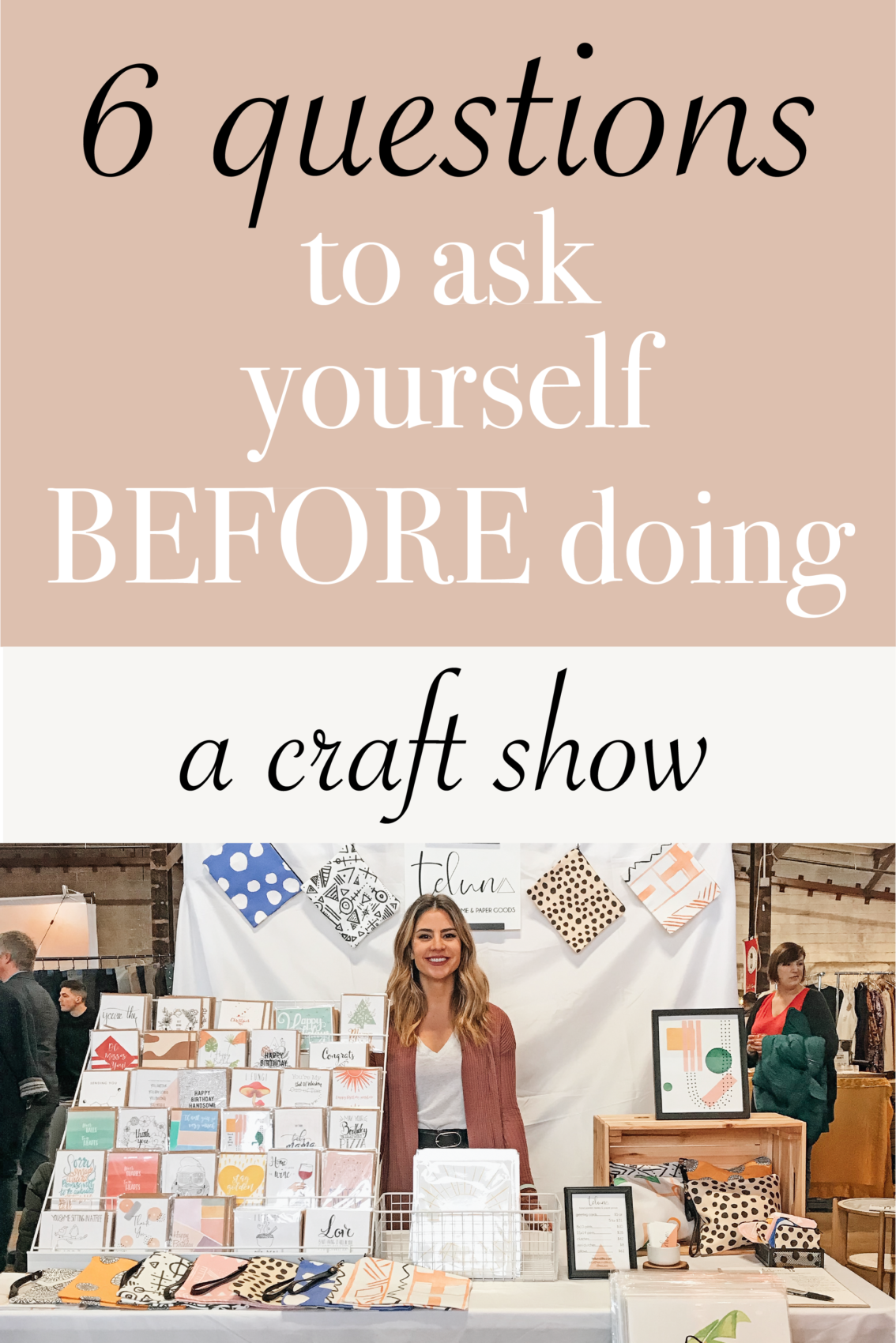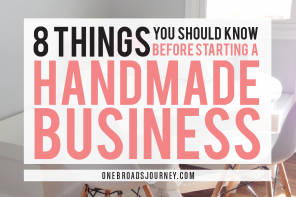When you’re starting out its very tempting and honestly kind of fun to do all the craft shows you hear about and are accepted in to. This is one of the first years I was really picky with my craft shows. When the pandemic hit and everything was cancelled, I was devastated. I knew Teluna would take a huge financial hit. A few silver linings that came from that was forcing me to focus on social media and online sales and to look back and reevaluate what worked and what didn’t: including craft shows. I started narrowing down ones I would do again, if they came back, and ones that weren’t all that great. I decided on a check list of important attributes a show must include for me to participate and I’m sharing them here with you: my 6 things to ask yourself before doing a craft show.
I typically categorize shows as good or bad, simple as that. There are some shows that I’ve made an okay amount of money but I had a blast meeting people and sometimes drinking for free like at a wine festival. To be honest I still never do these shows again but I will go to the event the next year and purchase from other vendors. So what makes a show good or bad and what should you ask yourself before doing a craft show?
THE BAD ONES
Little to no promotion, not your ideal customers, and leaving with little to no sales. I did a show once where everyones prices were like a $5 and below store, which made my products look really expensive, which led to ONE SALE. That’s right, I (and my poor dad) stood outside in 90 degree heat for 6 hours and made one sale. As if that’s not painful enough, I paid $40 to be in the show so I lost money overall. Going back through all the shows I’d done and asking myself my new checklist questions, I had to laugh. If I’d had this list before, I would have seen the audience, the lack of promotion, the poor location and I NEVER would have done that show. Lessons learned.
THE GOODS ONES
High promotion and turn out flooded with your ideal customers, and hopefully lots of sales! I’ve had shows that I made more at one event than in 6 months online. I’ve also had shows that while they weren’t in my top grossing, I made great connections, collected lots of emails and made sales later marketing to those individuals.
If you’re going to do a show do you research first and use my checklist of questions so you don’t waste your time or money.
1. Will it take away from time better spent on your business?
This is the very first thing to ask yourself before committing to a craft show. You will eventually get to a point that you don’t need to do shows. When you’re making great sales from your website, busy filling orders, and busy marketing, you won’t need to go through the heavy lifting and craziness of shows unless you really want to. I still every once in awhile do shows I really enjoy; for example I have one on Wednesday at a local brewery (Dacha in Shaw Washington, DC) that I do because I love the place and the people that come. But if it interfered with my business then I know better than to spend my time at a show.
2. Does the show have good promotion?
This is easy to check. Simply find their Instagram or google the show, the vendors, etc. and you’ll see how much they promote the show. This is important because how will people know to come if the show organizers don’t promote it?
3. Does the show have your ideal customers?
If the show is big enough and really has the foot traffic you want they will likely have a Facebook, Instagram, etc. You can then go through their pictures and see who follows and comments and engages with the account. If you sell purses, a show that’s followed by old male fishermen probably isn’t for you. That was extreme but you get what I mean. (if not email me, ill explain further)
4. Is the show juried?
While your first thought might be non-juried is better because you know you’ll get in. But let me show you the difference between a juried and non-juried show. Real quick example: non-juried – your local 1st-5th year craft show : juried – something like Unique Markets.
Juried
- Usually larger shows.
- Sellers/Exhibitors must submit an application and product samples to the show/show committee their work. Based on the applications, the show chooses which sellers to accept.
- Shows will usually have a large range of product types.
- Products that have not been “juried in” may not be sold at the show. In fact, sellers with non-approved products for sale may be shut down.
- Juried shows are way more expensive than non-juried shows. Fees can range up to 1000’s of dollars per event.
- Almost always vert well organized, as the show organizers have put on multiple shows sometimes in multiple locations before.
Non-Juried
- Usually smaller shows. May be held at a church, school, or community center.
- Sellers/Exhibitors are accepted on a first come, first serve basis.
- May be many, many sellers with similar items.
- Seller fees usually range from free to under $100. Alternatively, you may be asked to pay a small entry fee and donate a portion of your sales to a cause.
- May or may not be well organized, well promoted, or well attended.
5. What does it cost?
Remember this isn’t just the cost of the show. You must also take into account travel, show supplies, display and decor, food, lodging, and yes your time. Do you think you’ll make money or at least break even? Be sure you can afford everything that goes into a craft show without putting yourself into a hole.
6. Have you asked other vendors to see how they liked the show?
This is an absolute must for me now. Whenever I consider a show I reach out to other artists who’ve done the show before. I ask them if it was worth it, would they do it again, what was the audience like, etc. This is a great way to save yourself from wasting time and money. I also find that in our creative community, we’re happy to hear from and help each other out! If you have any questions about shows I’ve done please feel free to comment below, email me or message me on Instagram!
Do you have a checklist you ask yourself before shows that I didn’t include? Comment below, I’d love to hear them!



